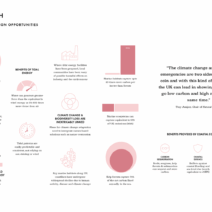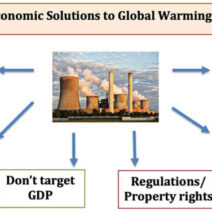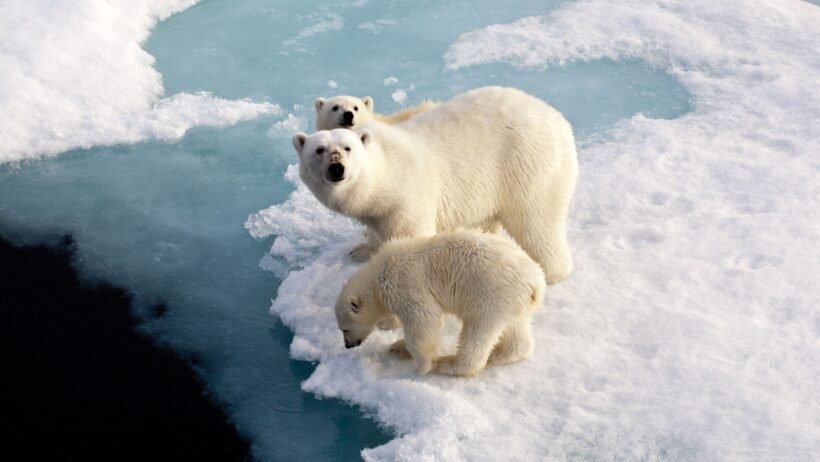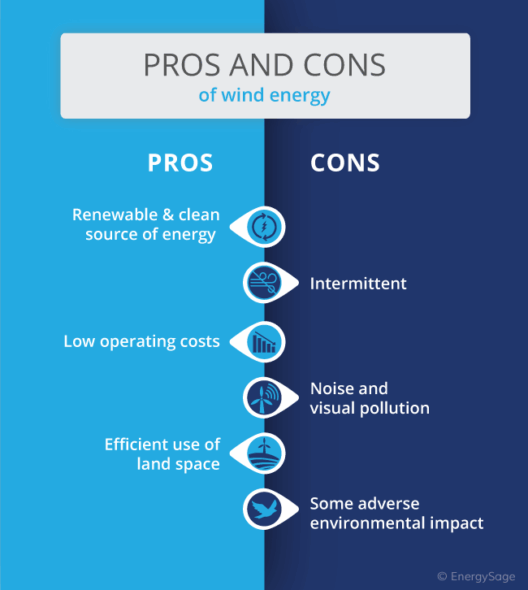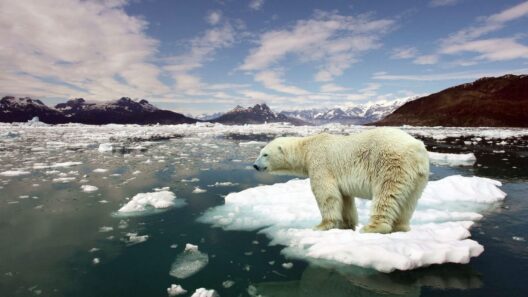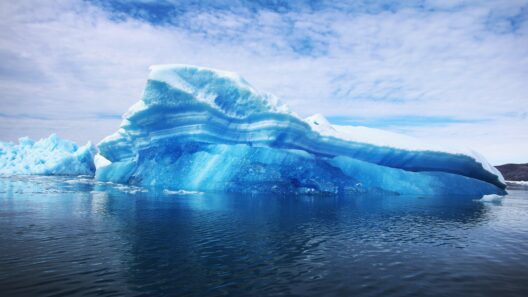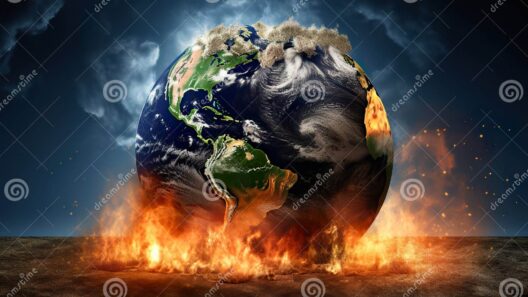Global warming is not merely a singular phenomenon with isolated effects; it operates akin to a colossal domino structure, where the fall of one piece ignites a cascading series of consequences that reverberate across ecosystems, economies, and societies. The intricate web of interdependence among various natural and human systems means that the impacts of climate change are far-reaching, often unpredictable, and profoundly alarming. Understanding this domino effect is crucial in comprehending the full scale of global warming’s implications.
The rising temperature of our planet is no longer an abstract notion confined to scientific reports. It is a palpable reality, manifesting in extreme weather events, rising sea levels, and diminishing biodiversity. Each additional degree of temperature means not just warmer summers, but an unveiling of a plethora of environmental catastrophes, each one colliding with another in an unfurling tragedy. As we dive into this intricate phenomenon, we can better appreciate how interconnected our world truly is.
After all, the ocean is not simply a body of water; it is the lifeblood of our planet, a vast, dynamic system that plays a pivotal role in regulating climate. When temperatures rise, the ocean absorbs much of this heat, leading to increased evaporation, altered weather patterns, and even stronger storms. In turn, these storms have the potential to devastate coastal communities and ecosystems, illustrating how the impacts of warmer waters translate into urgent humanitarian crises and habitat destruction.
Another unforeseen consequence is the phenomenon known as feedback loops. As ice caps melt and glaciers recede, much of the Earth’s reflective surface diminishes. Instead of sunlight being bounced back into the atmosphere, darker ocean water or land absorbs it, further accelerating warming. This feedback spiral creates a self-perpetuating cycle that exacerbates existing problems—an optimistic view tainted by harsh realities. Warming leads to more warming, demonstrating how small changes can snowball into monumental shifts.
The ramifications extend well beyond environmental concerns. Agriculture, for instance, finds itself entwined in the climate crisis. Altered rainfall patterns and increased temperatures threaten food security worldwide. Farmers face dire challenges: intense droughts can devastate crops, while excessive rains may lead to flooding. Such disruptions do not merely impact individual or regional economies—they have global ramifications, leading to food shortages and increased prices that ripple through affected societies. This agricultural domino could threaten peaceful coexistence, contributing to civil unrest and migration as communities seek arable land.
Yet, one of the most insidious elements of global warming is its effect on human health. Rising temperatures can exacerbate respiratory conditions through increased air pollution and the proliferation of pollen-producing plants. Additionally, with warmer climates, disease-carrying insects are spreading into regions previously unaffected, putting broader populations at risk for illnesses like malaria and dengue fever. The domino effect here cannot be overstated; as health systems become strained, economies falter, and vulnerable populations may find themselves trapped in a cycle of poverty and illness.
It is imperative to also recognize the strain global warming places on biodiversity. Ecosystems are teetering on the brink, as species struggle to adapt to rapidly changing habitats. Coral reefs, often referred to as the ‘rainforests of the sea,’ face bleaching events that may extinguish entire marine communities. As these ecosystems collapse, they do not merely disappear; they take with them food sources, tourism revenue, and the many benefits they provide to humanity. The extinction of one species can trigger the decline of entire food webs, further unraveling the delicate embroidery of life on Earth.
Moreover, the socio-political implications of these environmental shifts cannot be ignored. Climate change acts as a ‘threat multiplier,’ exacerbating existing tensions and inequities. Disputed resources, such as water, become hotter battlegrounds as they dwindle due to drought or contamination from floods. Nations may find themselves edging closer to conflict over access to dwindling supplies, adding a layer of urgency to the already dire need for climate action. The repercussions of failing to mitigate climate change aren’t simply ecological; they reverberate throughout human interactions.
The aforementioned instances illuminate the stark reality that global warming serves as a catalyst for a multitude of challenges. The metaphorical domino does not just fall; it collides with other pieces in a sprawling ensemble, each one representing a crucial aspect of our daily lives. As each layer of the domino effect unfolds, we are left grappling not only with the environmental crisis but with the social, economic, and political upheaval it brings.
In illuminating these connections, we reinforce the imperative of comprehensive, immediate action. It is clear that addressing climate change must take a multi-faceted approach; we cannot afford to isolate issues or go about solutions in piecemeal fashion. Policy reforms, technological innovations, and traditional ecological knowledge must intertwine to forge a sustainable pathway forward. Everyone has a role to play in preventing that first domino from falling, ensuring that future generations inherit a planet not engulfed in chaos, but rather endowed with balance and resilience.
The ambient noise of alarm bells, whether through the crack of thunder during a storm or the unsettling quiet of a once-bustling coral reef now silent, beckons us to rise to the occasion. The world is interconnected, and every action counts towards either continuing or halting the chain reaction set into motion by global warming. Strengthening our resolve and commitment to mitigating its effects is not just prudent; it is an obligation to the Earth and to each other.

